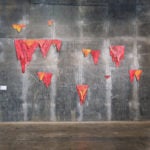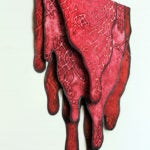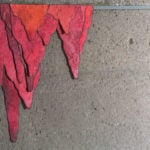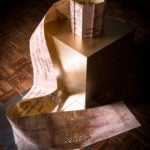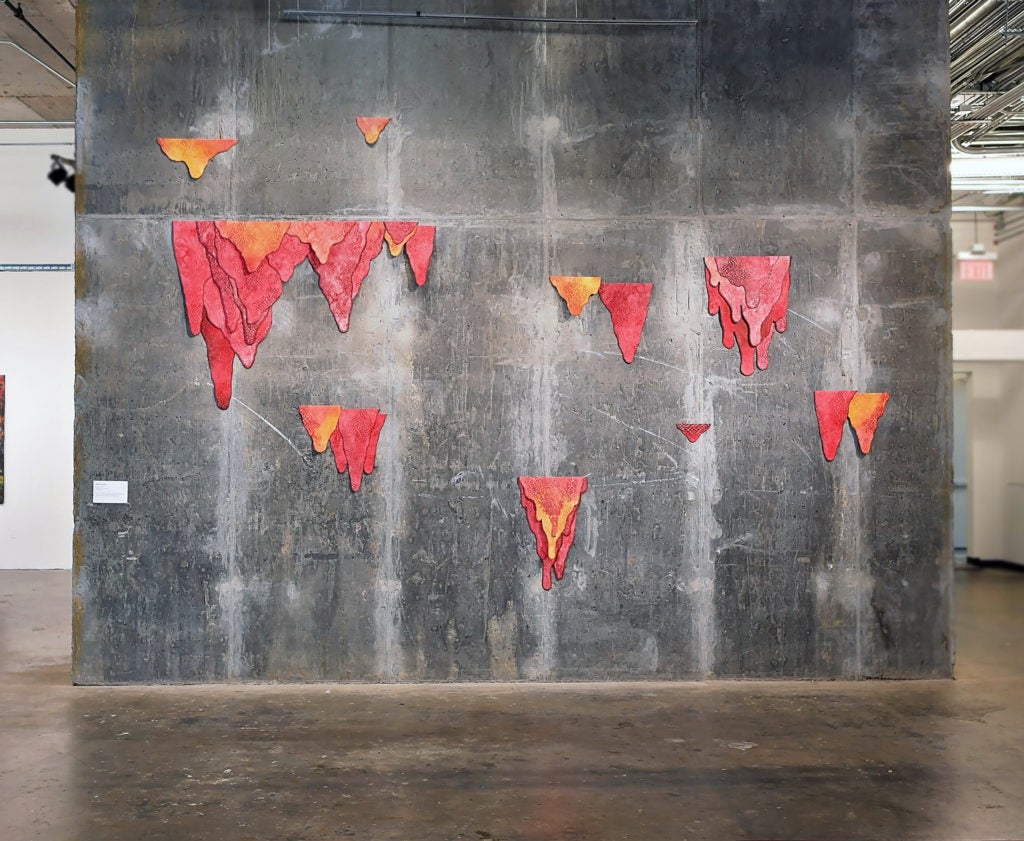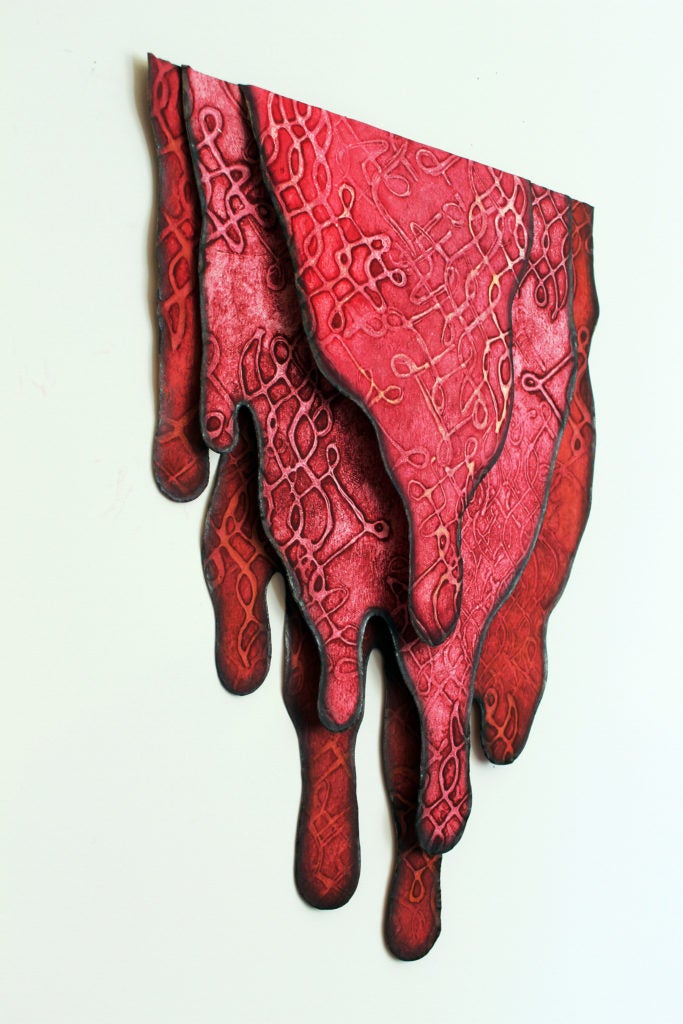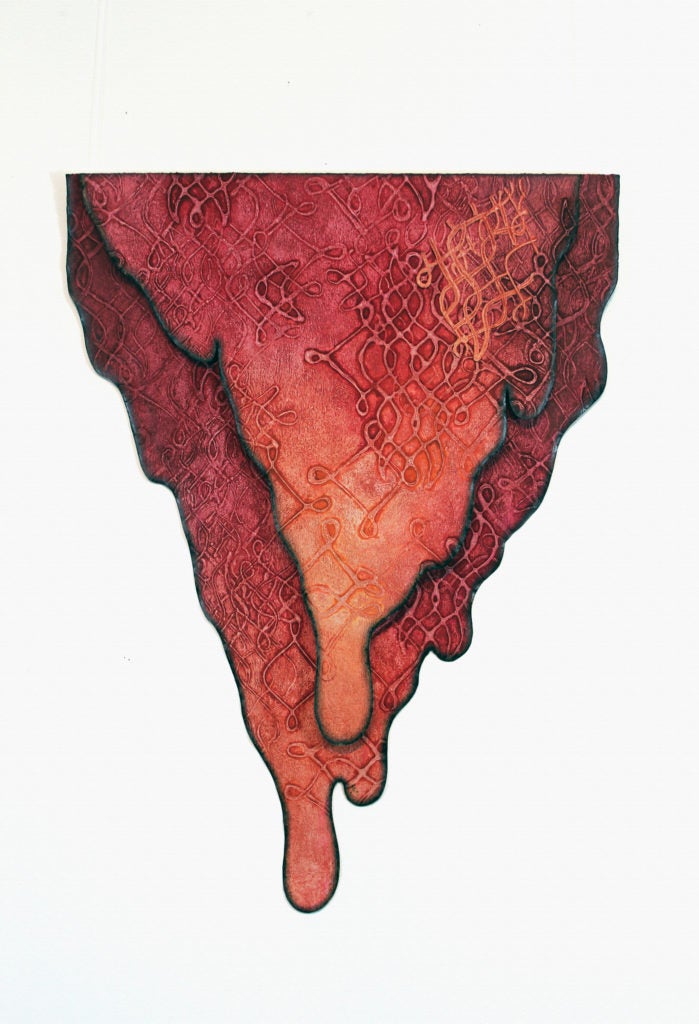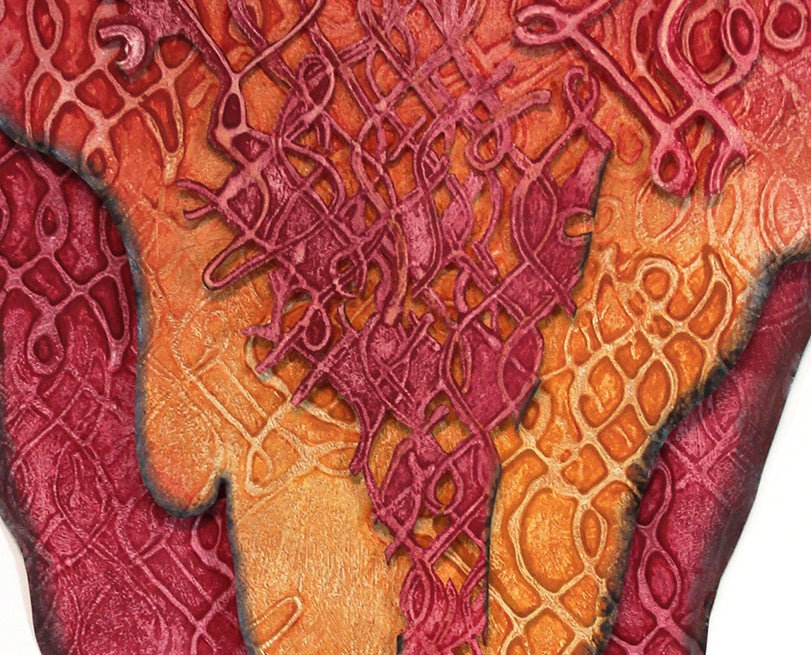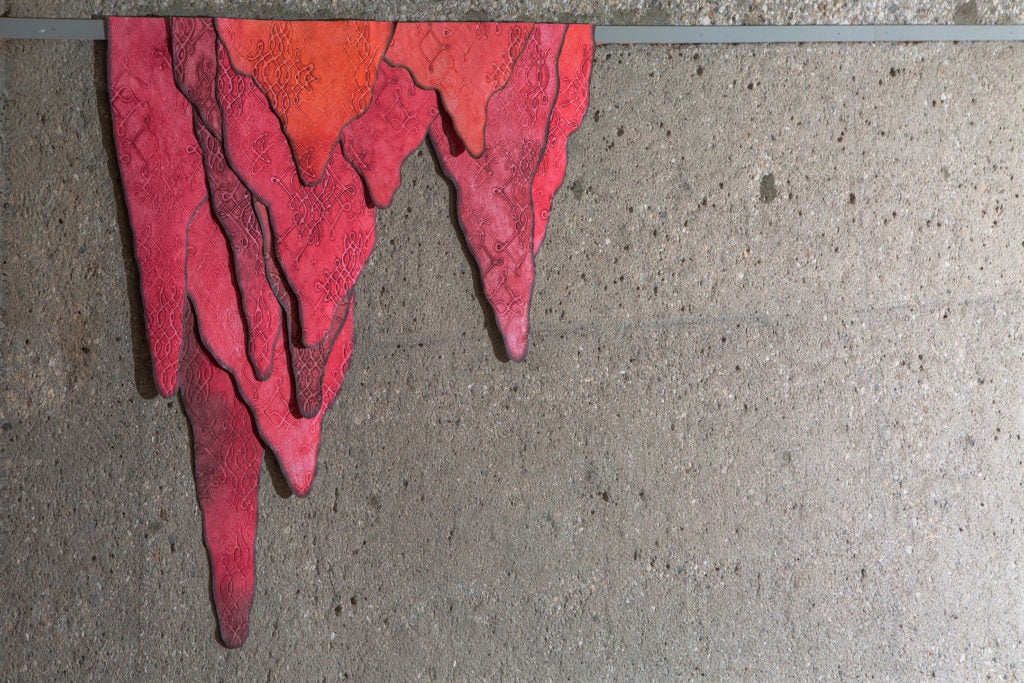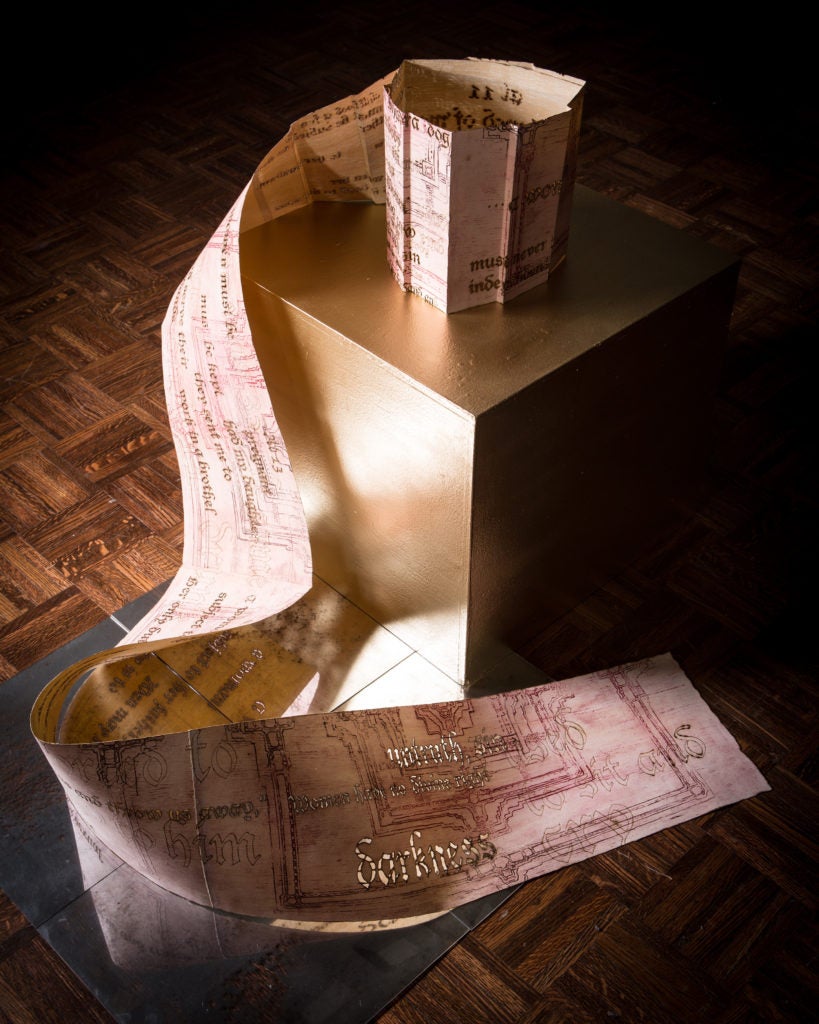Indrani Nayar-Gall
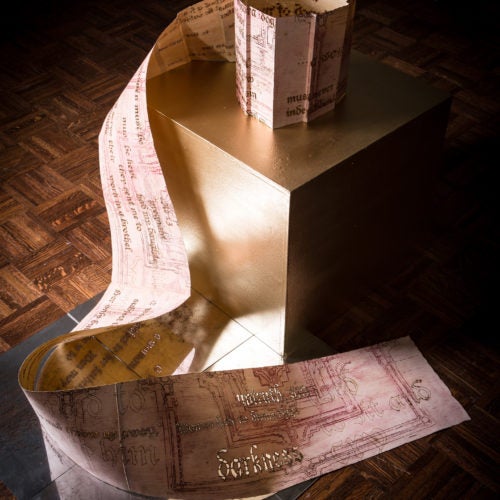
Charlotte, NC
Indrani Nayar-Gall is an interdisciplinary artist-activist. She received her MFA from Visva Bharati University, India and Grad Cert in contemporary non-toxic printmaking from RIT, Rochester, NY and Diploma in Education, University of West Indies. Her work questions patriarchy, misogyny and discrimination based on class, caste and race.
Indrani has exhibited nationally and internationally. Her recent important participations include, 2017 ~ US premiere of Devadasi_NOW, WilmFF Chick Flicks Festival; official selection in Female Filmmakers Festival, Move_Me Production Belgium and Joedance Film Festival; GENDERED, Mint Museum, Uptown; India-Inked, Union Gallery, UWM; Loving Blackness, Asian Arts Initiative; Ornate Activate, Villa Terrace Decorative Art Museum; Atlanta Print Biennial; Displacement and Migration, St. Louis Artist Guild; 2016 ~ Liquid Stories, LDB Gallery; 2015 ~ Ornate Activate, Shirin Gallery; Brentwood Arts Exchange Gateway Arts Center. Indrani’s work has been reviewed and discussed in books, catalogs, journals and newspapers in Barbados, USA and India.
Her recent grants and awards include RAPG, ASC, Mecklenburg County, NC; Chancellor’s Diversity Challenge Fund, UNCC; National Gallery of Barbados and Gilmore Emerging Artist Grant through Arts Council of Greater Kalamazoo.
Indrani was the area coordinator of BFA printmaking program at Barbados Community College. After migrating to USA she taught as an adjunct faculty at Western Michigan University and UNC Charlotte. She has presented in panels, discussions and taught workshops at various universities.
Artist Statement
Navigating life through three regions of the globe has helped me to observe the perverse effects of social hierarchy and two of its products - inequality and misogyny. My work is a response to these two vices I observed in my native India and around the globe. As a convergence of material and content, my work emerges as forms that articulate these interests. Through unconventional approaches to print media, installation and experimental documentary film, my current work responds to the illegal practice of religious servitude in India. Known as Devadasi tradition, this practice auctions off young Dalit (lowest of all castes in India) girls to the highest bidder, in the name of religion. First, she must be dedicated to the patron deity in an auspicious ceremony. Strict rules must be observed: she must be cleansed with turmeric paste, dressed, and the space prepared for the ritual ceremony.
The square and other symmetrical ritual design-motifs, which I use, are drawn from ceremonies referenced above. I see the symmetry of square and its features - ritualistic symbols, mandalas and rituals - as tropes of rigidity and confinement, similar to inflexible cultural codes. Both my present practices, printmaking and digital filmmaking, are kind of ritual processes riddled with objects and codes. I use these two processes to subvert and undermine the social ones.
My printmaking begins with a square, or a rectangular matrix/plate, which is scorched, or textured deeply with beautiful ritual patterns, symbols or architectural references. This intransigent matrix, the configured plate, is inked differently each time to generate multiple possibilities, and altered further by cutting and scorching to disrupt and subvert the intransigent. Similarly, my documentary takes unconventional approaches to the genre by juxtaposing graphic elements and animated words with live conversation and sequences. But more importantly, the link between all three is my search for processes that releases life and people from being trapped in a motionless frame.
Techniques
- Interdisciplinary
- Her primary discipline is contemporary safe printmaking – Intaglio-Type and other intaglio processes
Favorite Products
At present, I am either using heavily built-up collagraph or wood intaglio plates. I want these prints to have rich deposits of ink, heavy embossing, and high contrasts. Akua Intaglio ink of thick consistency works best for these processes. If the ink is not thick enough, I usually add a small amount of Mag Mix, or cornstarch to the ink. When using multi-plate viscosity process, or multi-plate simultaneous color printing I love using blending medium and transparent base.

